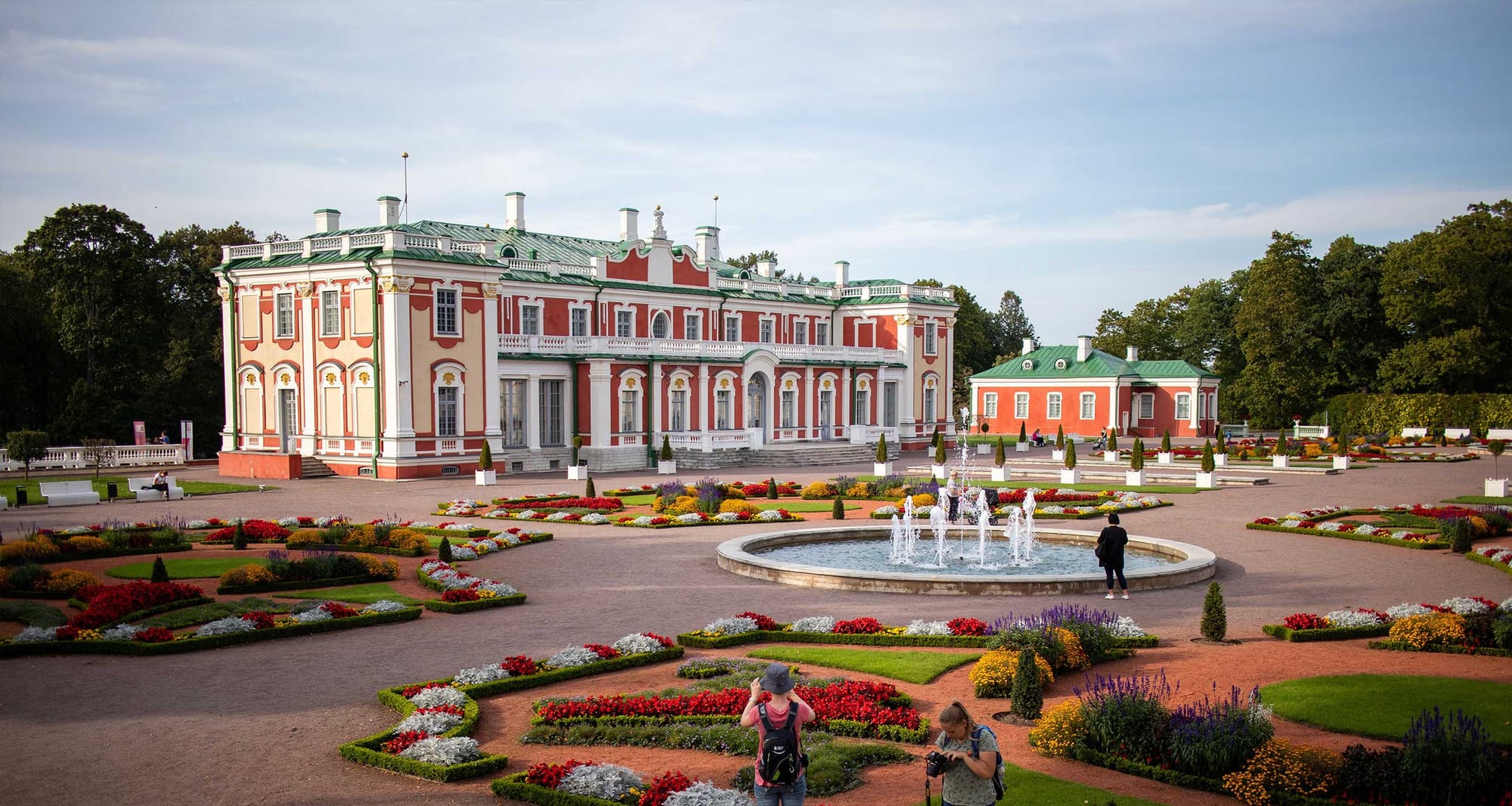
Many European cities feature historic centers that have been recognized as UNESCO World Heritage Sites, but few are as well preserved as Tallinn’s Old Town. The city has made centuries-old buildings accessible where possible, with prominent structures like the Toompea Castle, Fat Margaret Tower, and St. Olaf’s Church providing wheelchair access. Modern attractions including the Vabamu Museum, Tallinn TV Tower, and Estonia Theatre are also wheelchair-friendly. In this attractions guide, you’ll find helpful information about the accessibility of the most popular things to do in Tallinn.
Toompea Castle (Estonian Parliament)
Toompea Castle is a 9th-century fortress that has served as the seat of the Estonian Parliament since 1922. The castle complex is open to the public, including an outdoor garden with views of the surrounding city.
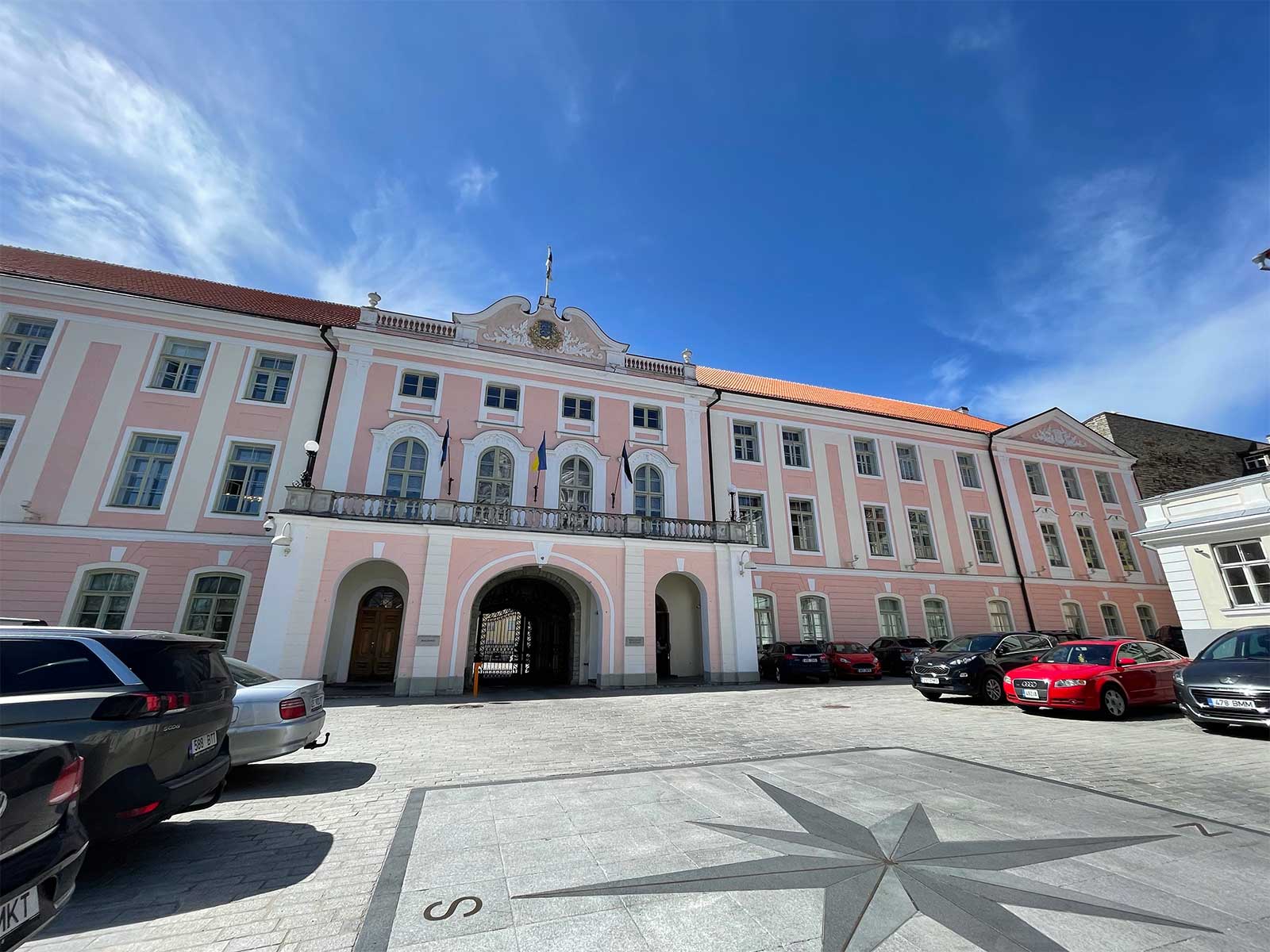
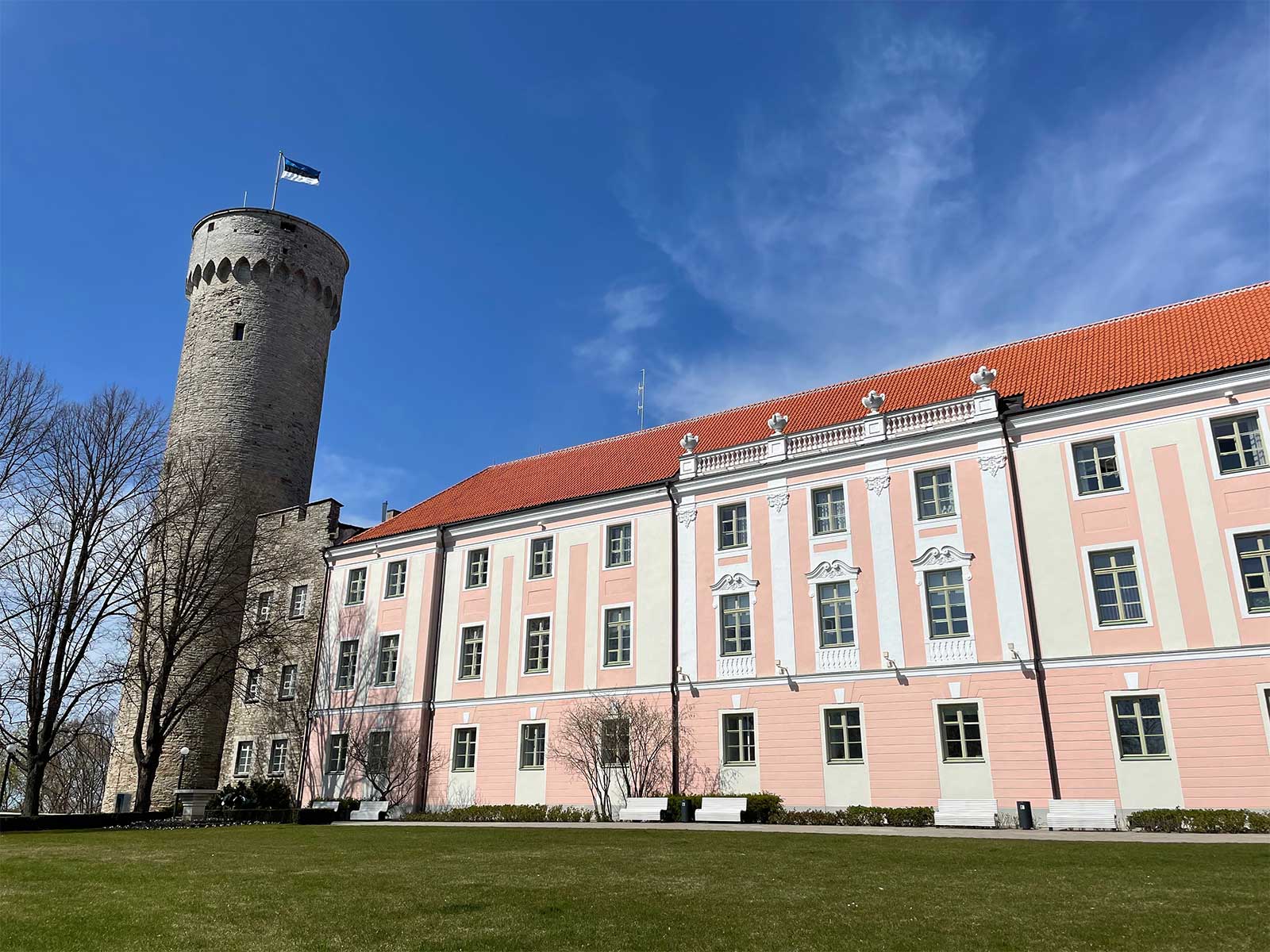
Visitors can tour the castle’s various chambers and admire the grandeur of the building’s Baroque and Rococo architecture. Guided tours in English are offered free of charge on Fridays at 11 a.m. and do not require advance registration. The guided tours offer visitors an opportunity to learn about Estonian history and culture through exhibitions held within the castle walls. Additional information on tours and conditions of entry are provided on the Parliament’s website.
Alexander Nevsky Cathedral
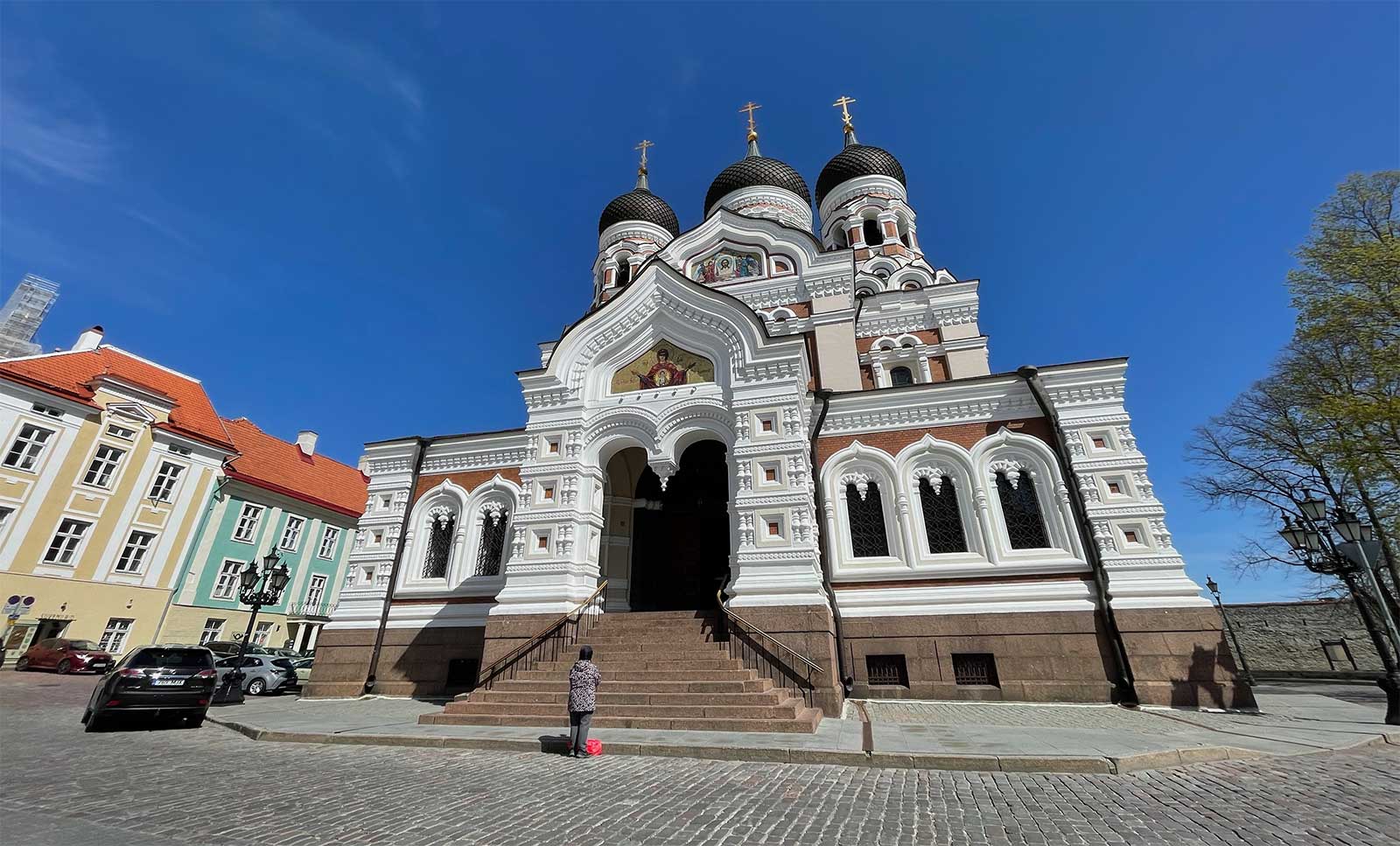
The Alexander Nevsky Cathedral is an ornate Russian Orthodox cathedral that opened in 1900. Located on Toompea Hill across the street from the Toompea Castle and the Estonian Parliament, it is one of the most iconic landmarks in Tallinn. The cathedral boasts stunning onion domes and intricate mosaics, and its lavish interior is decorated with gold and precious stones. Visitors can learn about the history of the cathedral and the Russian influence on Estonia’s culture through exhibitions held within the building.

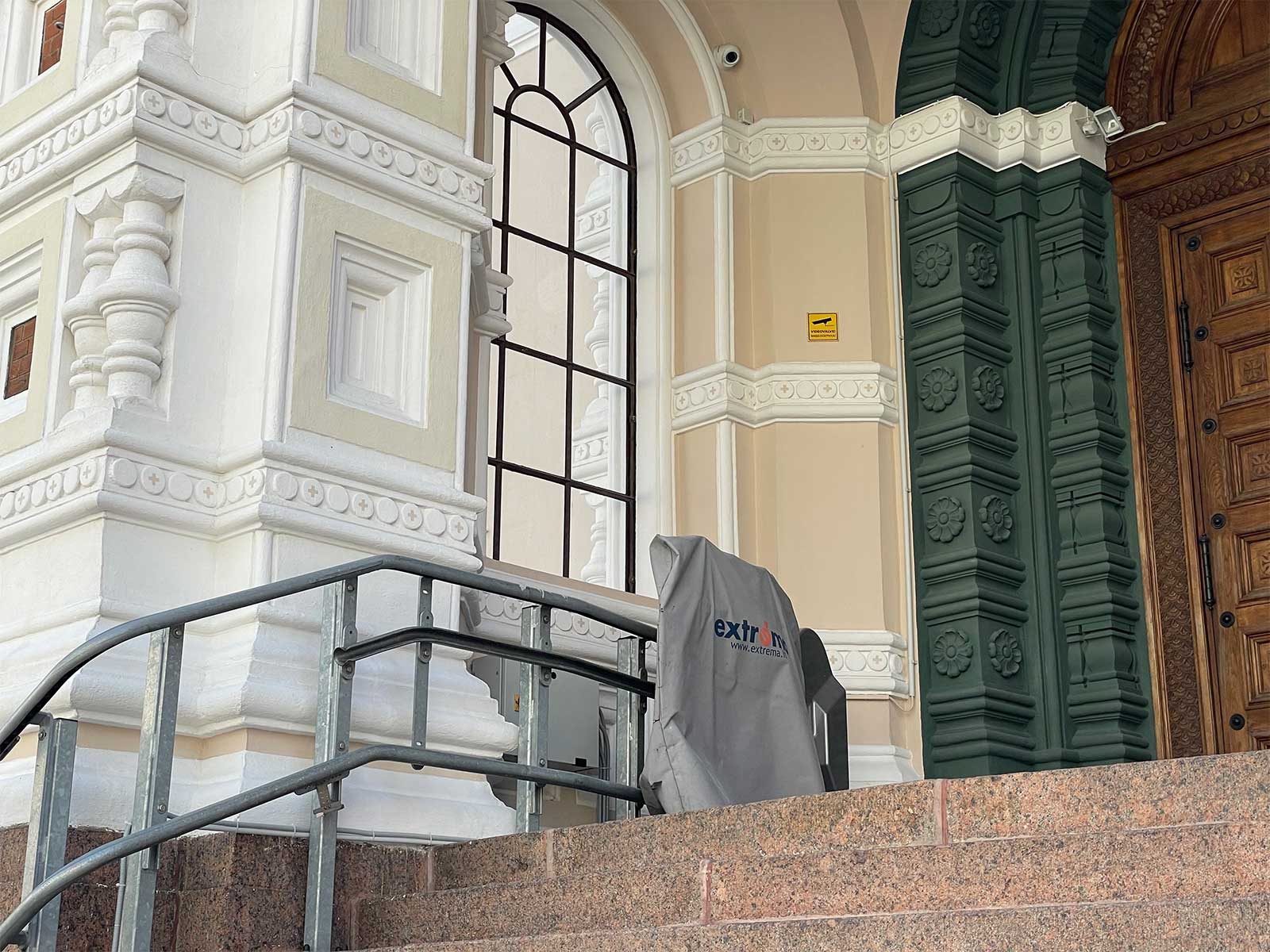
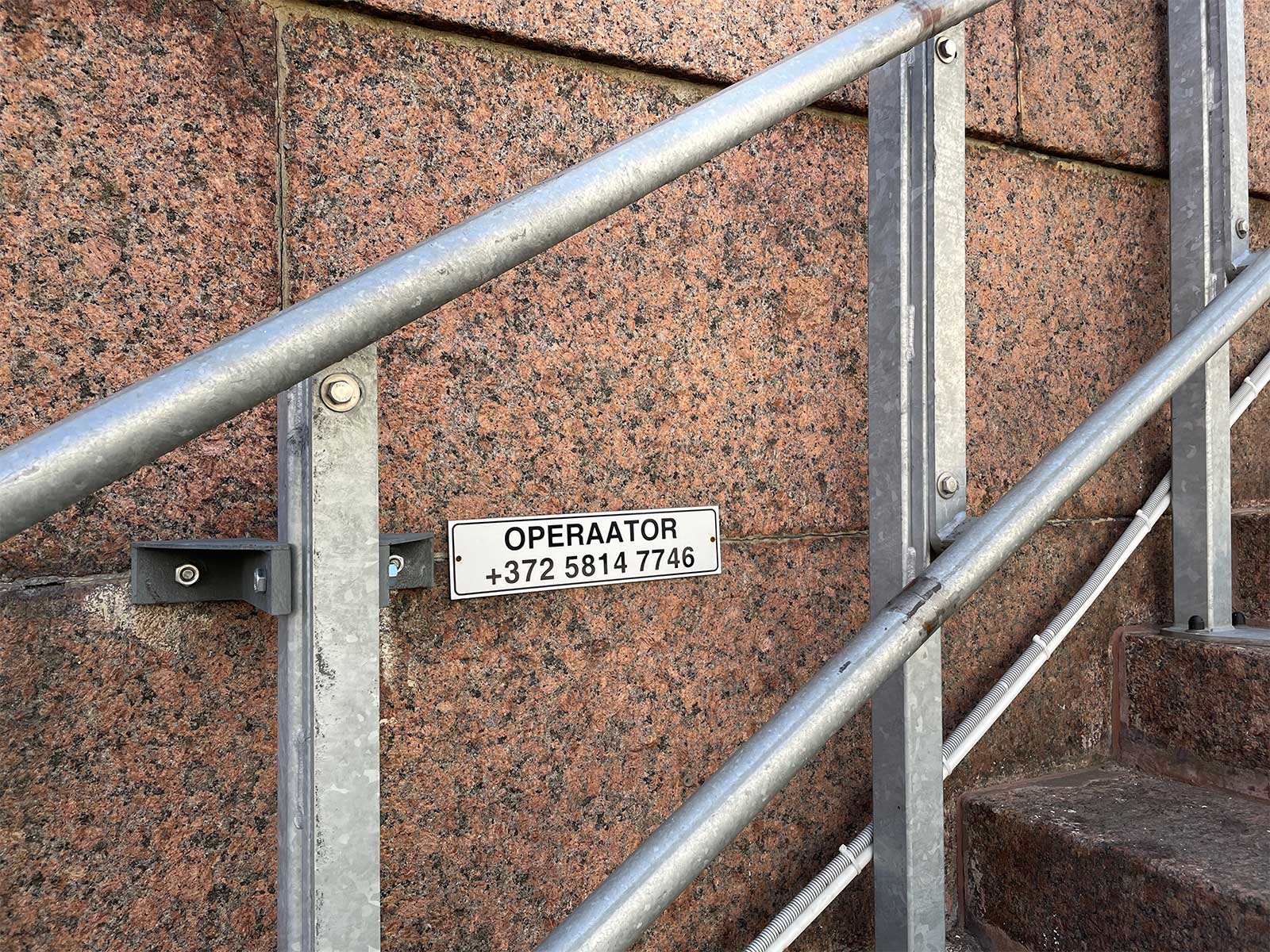
Wheelchair access to the cathedral appears to be possible via a wheelchair stair lift at the western entrance. A phone number to call for assistance is provided, however the person who answered did not speak English and did not come to assist me in its operation. Because I was traveling alone, I had no one to send inside to ask for assistance directly. It was disappointing to be unable to enter the cathedral and it seems unacceptable that access would be denied to a church!



